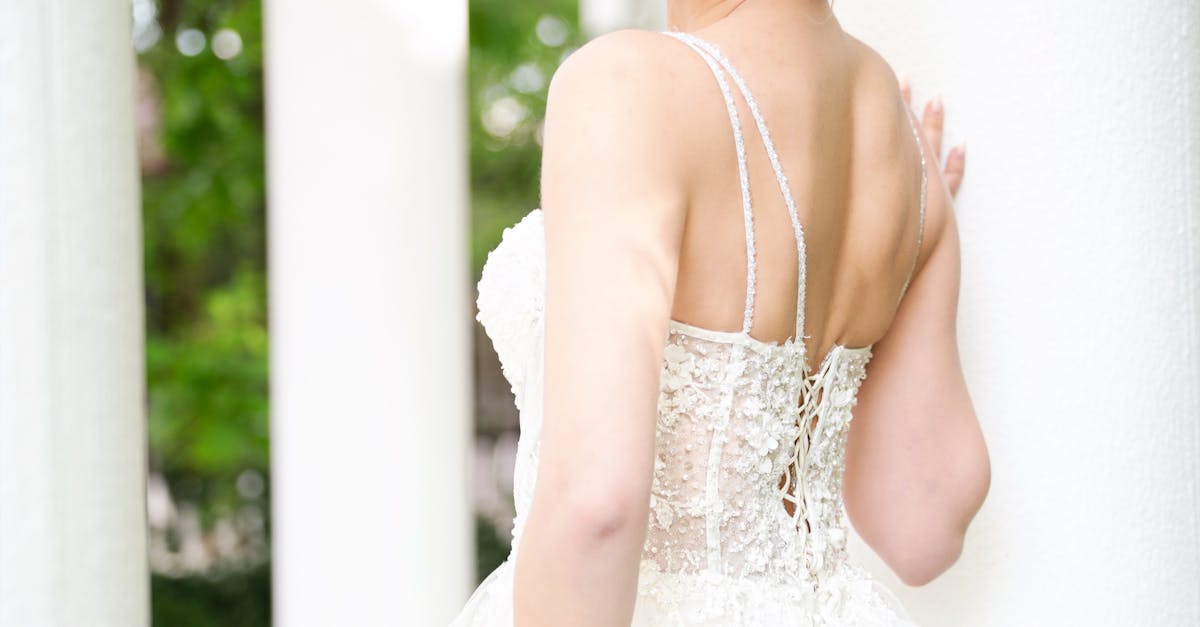
Designer bags are not just fashion statements; they are investments that can appreciate over time. However, with the rise of counterfeit markets, authenticating these luxurious items has become increasingly challenging. Understanding the nuances of designer bag authentication is crucial for both seasoned collectors and first-time buyers.
The first step in identifying a genuine designer bag is to closely examine the materials used. Authentic bags are crafted from high-quality leather or fabric that feels substantial and luxurious. Counterfeit bags often use cheaper materials that mimic the appearance of genuine leather but lack the same durability and texture. Pay attention to the stitching as well; genuine designer bags feature precise and even stitching, while fake ones often have uneven or loose threads.
Another important aspect to consider is the hardware. Authentic designer bags use high-quality metal hardware that feels solid and has a consistent finish. The zippers, clasps, and other metal elements should operate smoothly and appear robust. Counterfeit bags may have hardware that is lighter, tarnished, or poorly constructed.
The label or logo is also a key indicator of authenticity. Genuine designer bags have logos that are perfectly embossed or printed, with no spelling errors or inconsistencies. The placement of the logo should match the brand’s standards and be proportionate to the bag. This is where expertise in designer bag authentication becomes invaluable, as counterfeiters often try to replicate logos but may miss subtle details.
Serial numbers and authenticity cards are also essential in verifying a bag’s legitimacy. Many designer brands include a unique serial number inside the bag, which can often be checked against the brand’s database for authenticity. Authenticity cards should have a quality feel and match the bag’s serial number. Be cautious, as counterfeiters have become increasingly skilled at replicating these elements, making it essential to purchase from reputable sources.
The provenance of the bag can significantly impact its authenticity. Purchasing from authorised retailers or directly from the brand ensures that the bag is genuine. If buying second-hand, seek sellers with a strong reputation and positive reviews. Online platforms dedicated to luxury resale often have authentication experts who verify the items before listing them for sale.
For those who are uncertain, professional authentication services can provide peace of mind. These services employ experts who carefully inspect the bag for signs of authenticity, using their experience and knowledge to detect even the most convincing fakes. As the counterfeit market grows, these services become increasingly vital for ensuring the integrity of luxury purchases.
In conclusion, being able to differentiate between genuine and counterfeit designer bags requires a keen eye and knowledge of specific details. From examining materials and hardware to verifying serial numbers and provenance, each step is crucial in ensuring authenticity. For more insights into luxury purchases and financial advice, visit our website for comprehensive resources that cater to your needs. With the right information and precautions, you can confidently invest in designer bags that are both stylish and authentic.





